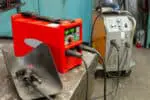Without the right set of equipment, no task is going to be complete. Welding is no different. As a welder one of the first things you need to make sure is to have the right set of welding tools. And choosing the right welding equipment can be quite intimidating with the wide variety of tools available in the market.
Today, I will list for you the 20 most essential welding tools for your basic welding needs:
1. A welding machine
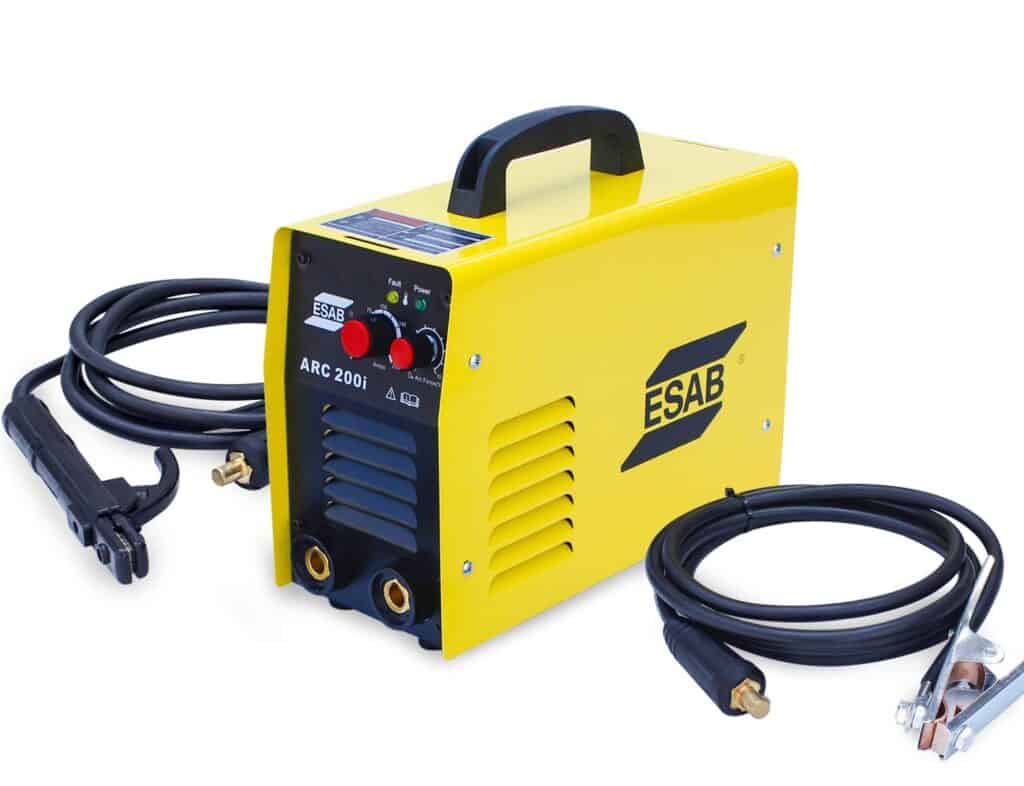
The most essential of all tools is undoubtedly a welding machine. A welding machine is also called a welder. It helps to set the whole system on charge and runs based on the configuration settings.
There are two types of welders: MIG and TIG. Choose the one that is best suited for your job. MIG welders are high in demand for the process is much easier to comprehend and takes less expertise, unlike TIG.
Make sure to select the welders of those brands that promise high-quality welds and have a long life span. For more than one procedure (MIG/TIG and stick welding) multiple-purpose welders can be used.
2. Auto-darkening welding helmet
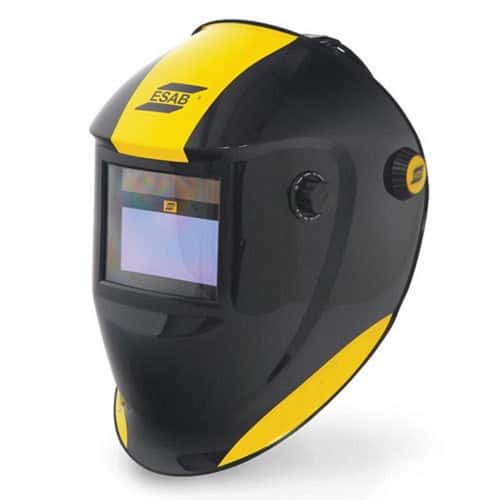
Do not even imagine getting indulged in welding without wearing a welding helmet. Just like the usual helmets, a welding helmet protects your head from harm that can happen while the electrode is on its full swing with spatter a huge risk.
An auto-darkening welding helmet is the best choice that you can make for it adjusts the filter according to the intensity of the spark created.
3. Welding cart or table
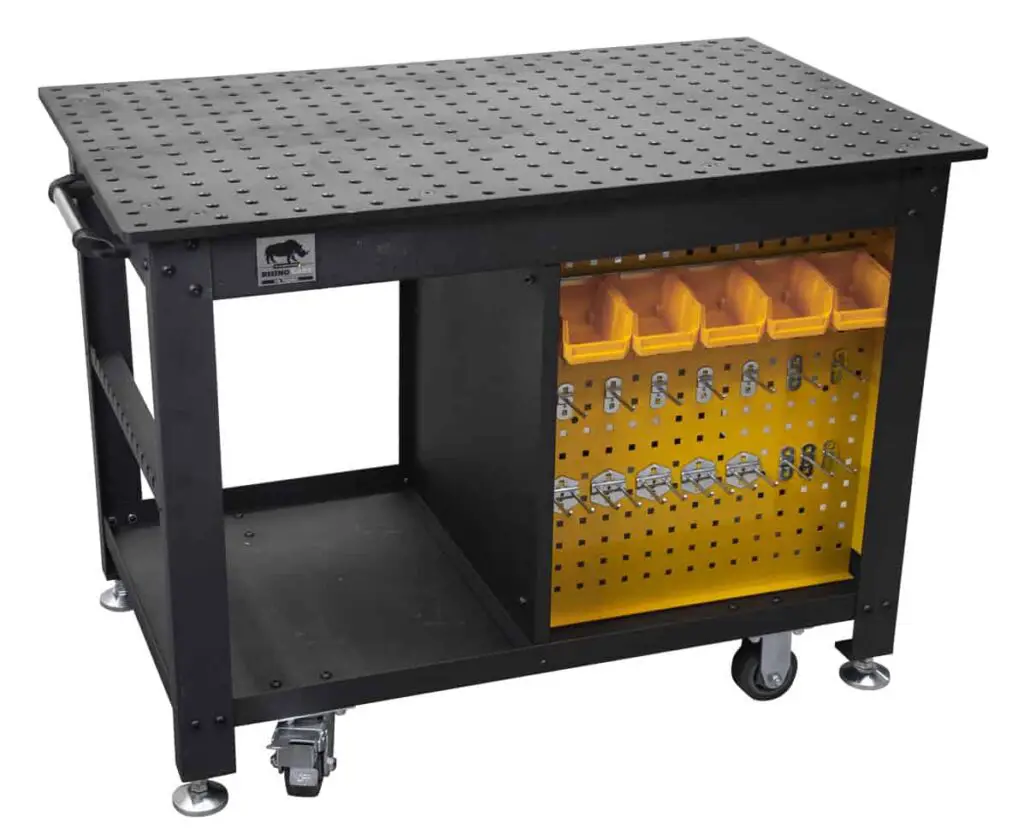
Now, this is the component that a welder can’t do without. A welding table is a place where the entire welding unit is set up. A strong base for the work to be done is essential in deciding even the weld quality.
A wobbly table is never the way to go. Buy a welding table that is strongly built and can hold considerable weight. Some tables come with a stand below the main surface making them suitable to store your other necessary tools.
For portable purposes go for welding carts for these have wheels that make them easy to move from one place to another.
4. Welding gloves
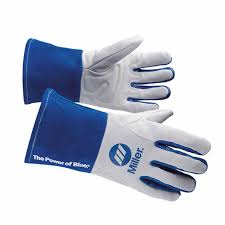
Unlike ordinary gloves, welding gloves are made of materials thick enough for the sparks and other hot elements not to touch your palm.
As there are instances where you need to hold hot materials or you mistakenly touch humid areas, these gloves are an utmost necessity while welding. Two types of welding gloves are available in the market: TIG and MIG & Stick welding gloves.
5. Earplugs
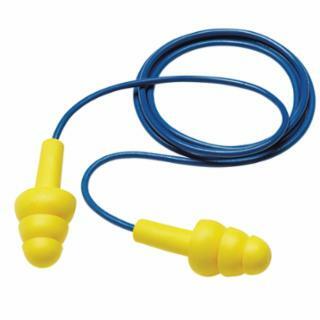
Falling under the safety equipment, earplugs are important elements in protecting your ears. Oftentimes, welding requires you to get involved in tasks that result in huge ruckuses that it becomes extremely vital to protect your hearing. Earplugs or earmuffs can serve the purpose and they do not cost much.
6. Welding pliers
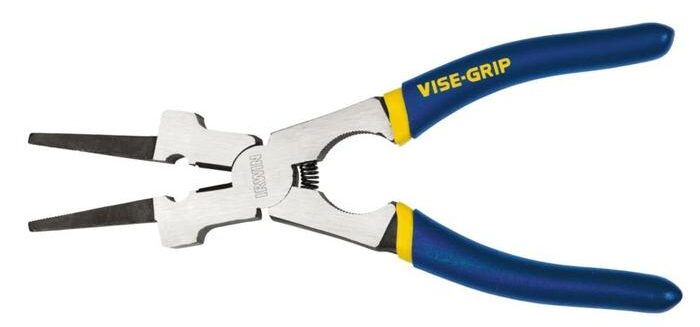
MIG pliers have multiple uses. Their sharp pointy teeth can be used to clean spatter located inside of the nozzle of the MIG gun, to remove the nozzles from the gun, cut the welding wires or even tighten or loosen the contact tips. This handy tool does not cost much and can be a good addition to your welding sack.
7. A speed square
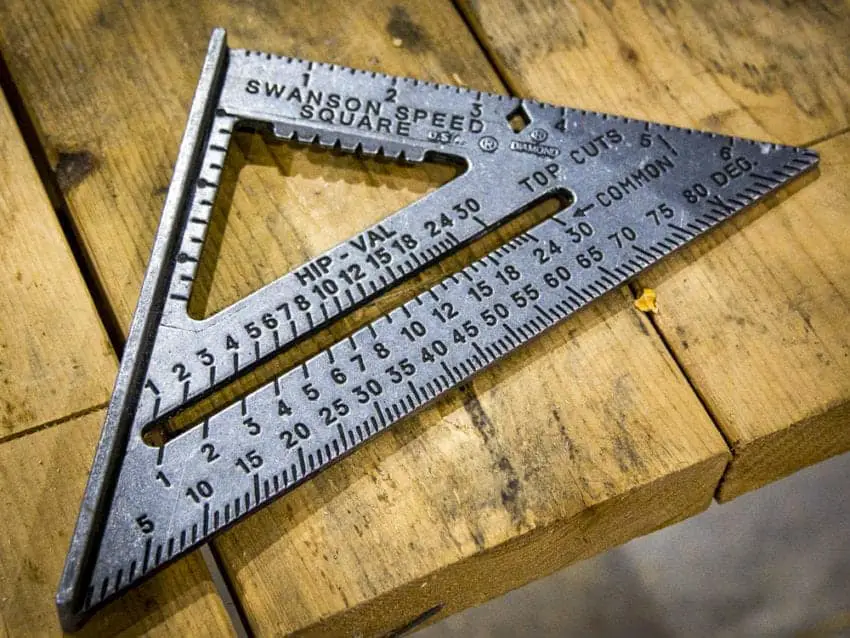
One of the most used welding tools; a speed square is used to measure almost anything that you need to cut or weld. This triangular device is used for any measuring of different angles mostly useful for the 90-degree cuts.
8. Metal Brush
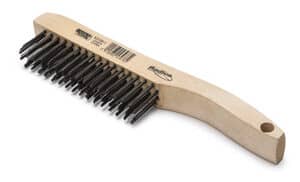
Metal brushes help to remove slag and debris that is left behind after welding. If you are into welding you might be knowing how the removal of slag help in enhancing the look of the weld. It ensures a clean result and ensures a sense of satisfaction for those who have done their job well.
9. Angle grinder
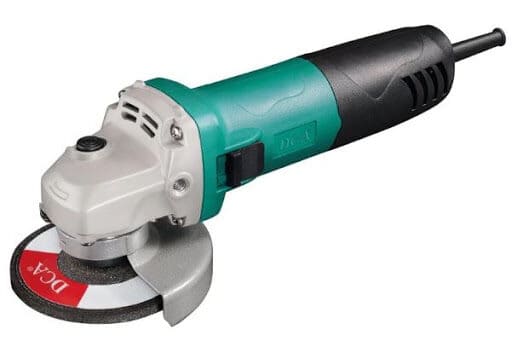
An angle grinder works similarly to a metal brush. But the former is more effective and easy to get things done. Angle grinders are used to ready the metals before welding.
In case of cracks or porosity, angle grinders should be the tool you reach for as they can easily cut the damaged portion and solve the problem.
10. Sheet metal gauge
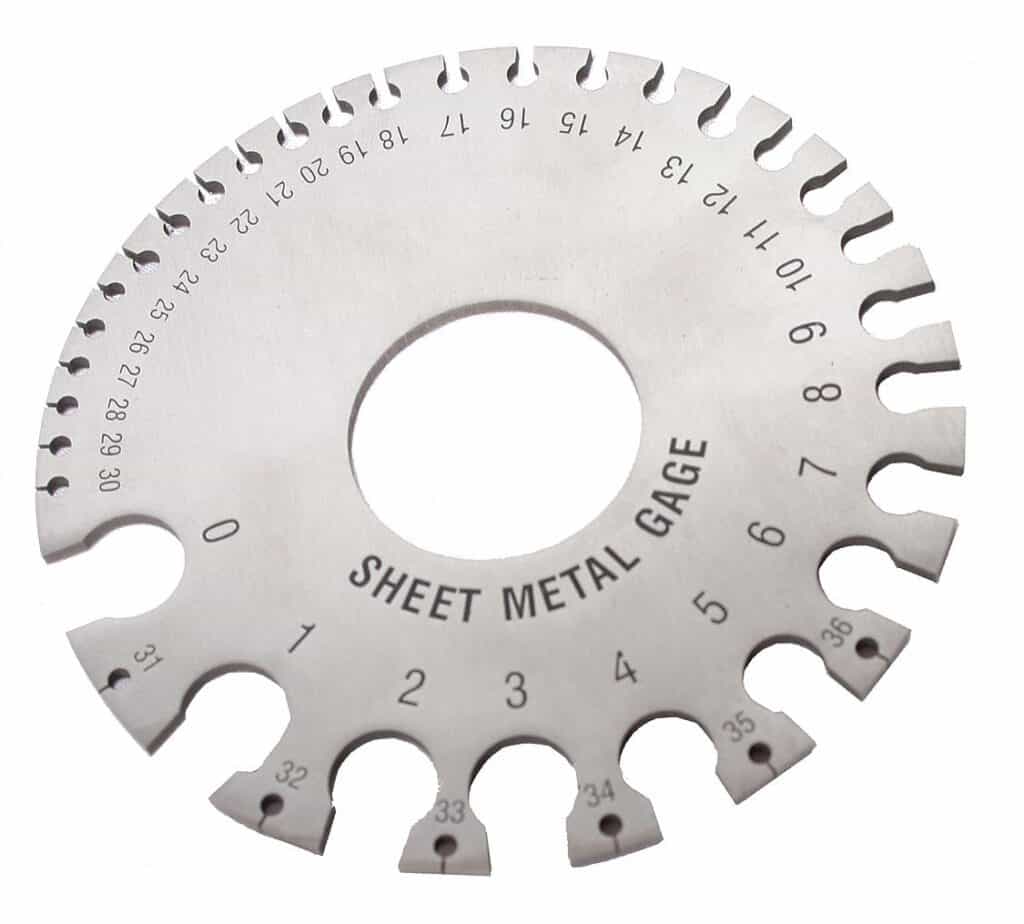
‘Gauge’ means to measure. A steel metal gauge is used to measure the thickness of metal. Knowing the metal thickness is one of the first things that a welder ought to do.
It is essential in deciding the later course of the procedure; the method used, the kind of welder used, gas applied, etc. A sheet metal gauge is therefore a tool that helps you plan the entire process.
11. Grinding visor
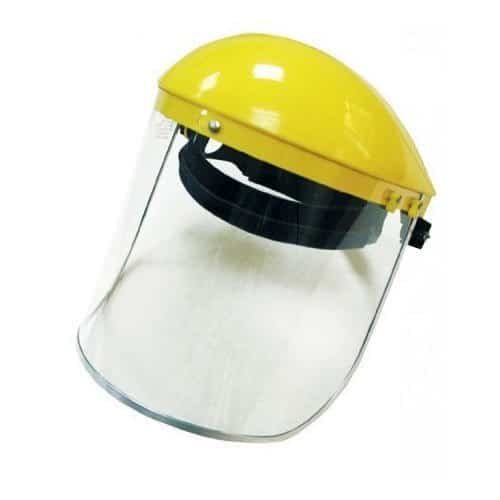
A grinding visor is sort of like a helmet that protects your eyes and face from the flying debris when grinding is done. The little pieces can leave scratches on your skin if they come in contact with your skin as they tend to have sharp edges.
Delicate parts like eyes and skin need to be protected at all costs while welding. Grinding visors have a thin long film at the front making a protective layer for the face.
12. Welding wire
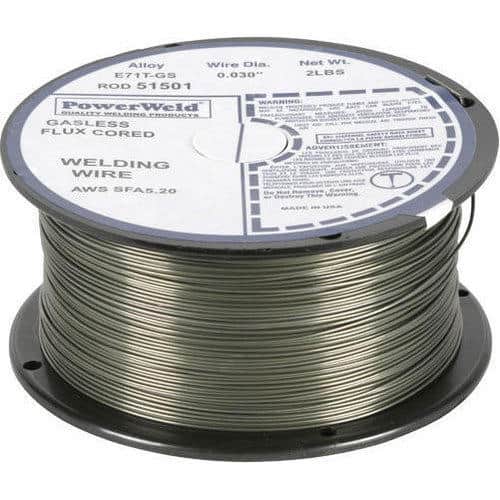
Whether MIG or TIG, welding happens when the welding wire is melted to form the substance to join two pieces of base metal. Welding wires are therefore important as a welder machine. Welding wires of each metal come in spools of various sizes. The longer the wires, the more time it lasts.
13. Welding clamps
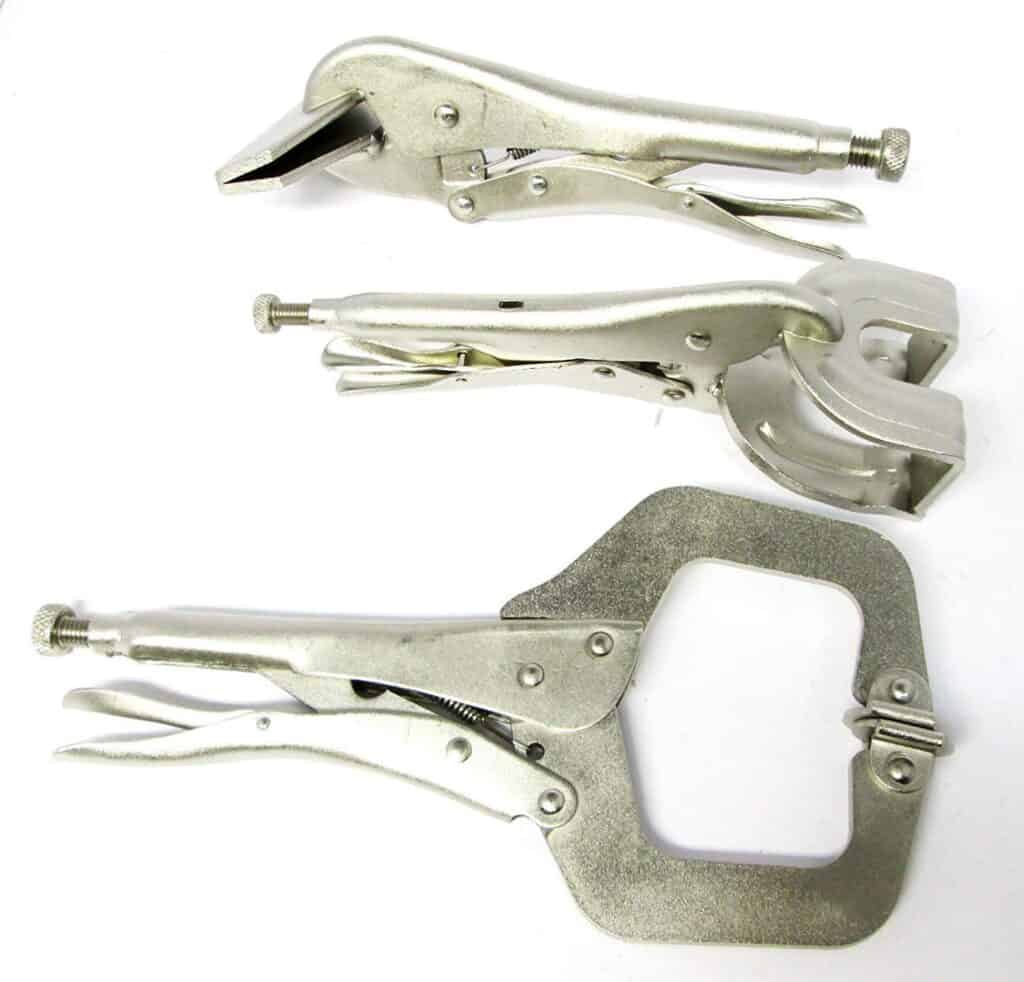
Welding clamps are necessary to hold the pieces of metal together while welding. Welding clamps come in various types such as C clamps, F clamp, Locking clamp, Two-axis clamp, etc. Depending upon the situation the perfect clamp can be chosen.
14. Metal file
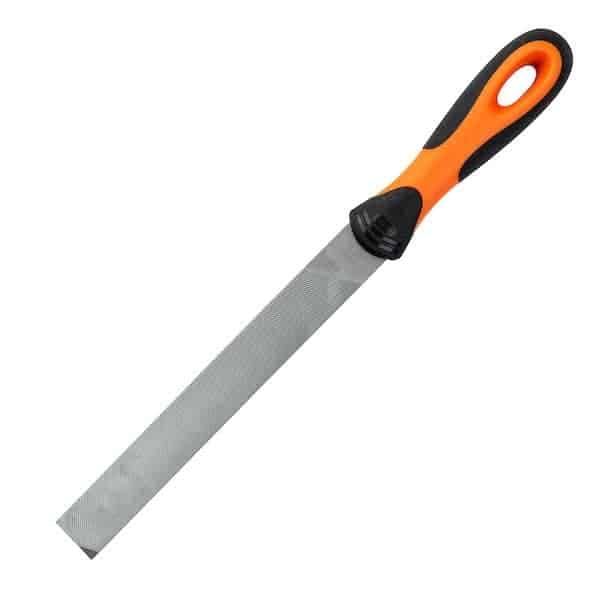
Metal files are long metal objects that have sharp sides to grind edges of metal or weld to give a round edge to them. These are also useful in the removal of burrs from metals. While grinders are used for big units, smaller ones can be dealt easily with metal files.
15. Welding fume extractor
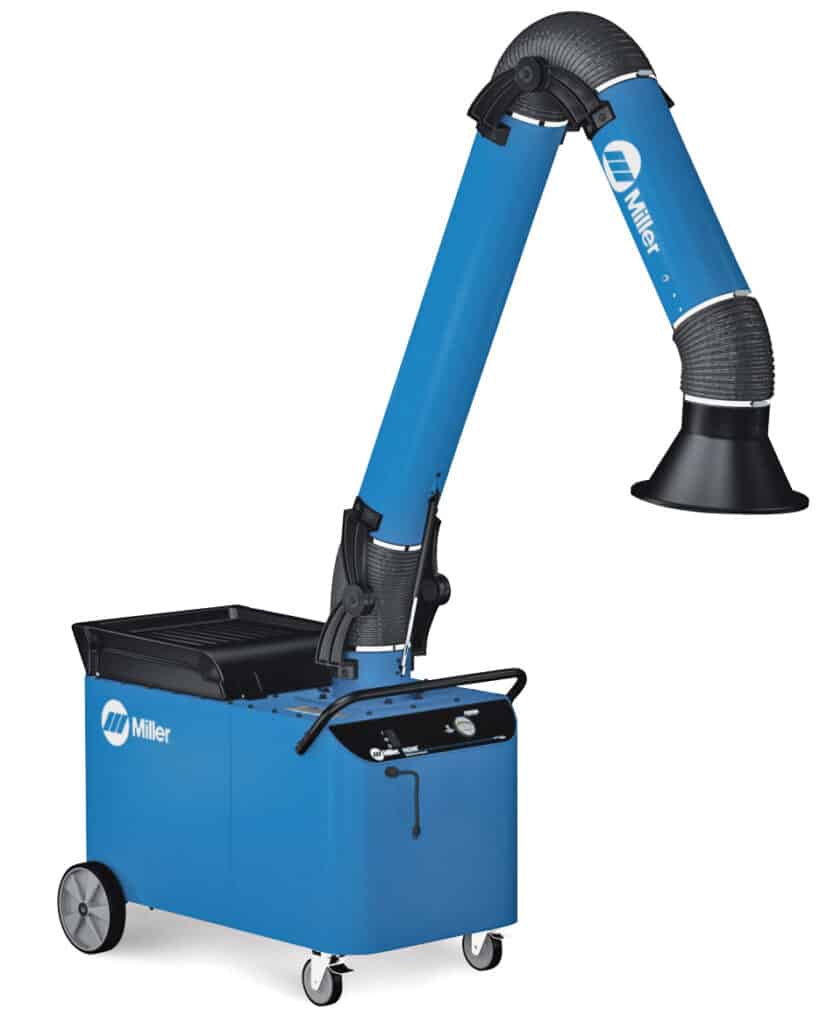
Dangerous fumes are released during welding and depending upon the gases involved in the process, the intensity of the harmful effect is determined.
Hence, inhaling these fumes is never a good idea. Welding fume extractors suck the fumes and maintain the cleanliness of the work atmosphere. Who would not want to breathe fresh air?
16. Soapstone
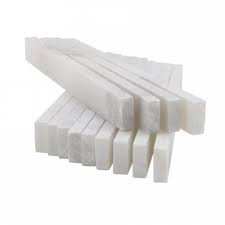
These are the markers used in welding. Soapstones can be used to make lines, mark points, and draw on metals to make work easier. Even though the marks made by these stones can withstand high temperatures, they can be swiped off easily as well, making them a reliable source to do the job.
Without soapstones, welding can be quite a pickle! If soapstone is not available, you can always go for other marking tools such as scribes and permanent markers.
17. Welder extension cord
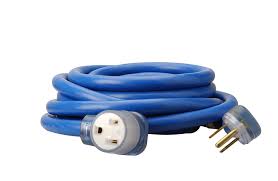
Oftentimes, you may find it hard to move your welding machine from one place to another due to the constraints of cord length. This makes it difficult for the person welding to do his job comfortably.
Moving the heavy machines is not a viable option at all times. Cord extensions can come to your rescue here, adding length and making the process easier.
18. Welding jacket
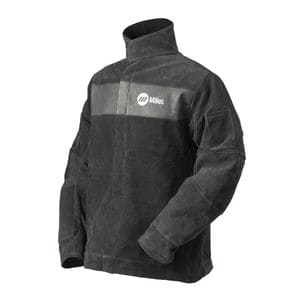
Another protective element in your welding toolkit is your welding jacket. Bracing your body from any kind of harm is something that goes without saying in welding.
As welding is done in risky conditions and requires you to be alert all the time, protecting your entire body is important, and good welding jackets made with extra care can serve the purpose quite well.
Depending upon your taste the best jacket can be chosen from the online market. Make sure that the jackets are made of good quality material that can protect you in any adverse ‘molten metal’ situation.
19. Chipping hammer
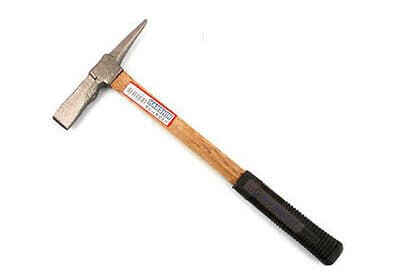
As the name suggests chipping hammer works by chipping off the slag that is left behind after welding. Similar to how steel brush and angle grinder works, these make sure that the weld is clean and the surroundings are clear of cooled stubborn spatter drops.
20. Welding magnets
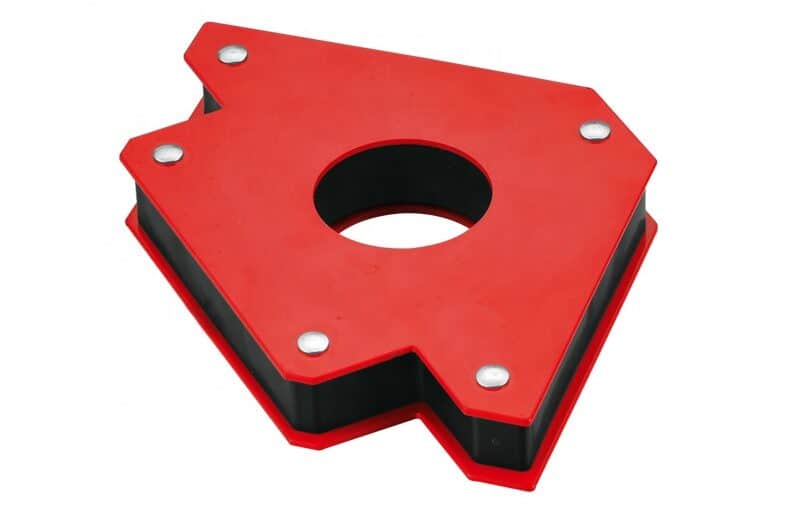
Welding magnets help to hold pieces of metals together. Serving the same purpose as clamps, these magnets are however much more user-friendly. With clamps, there are certain constraints with the positions whereas magnets can give you the luxury to weld from any position.
Endnote
No matter what tool you choose to be added to your toolkit, make sure you select the best. Going through the reviews on online sites is the best way to study a product.
The ones that I have listed here are just the most essential ones. If you are willing to explore, you can add more to the list thereby making yourself ready to face any welding emergency.
Happy welding!
Do come back for more such amazing blogs!





